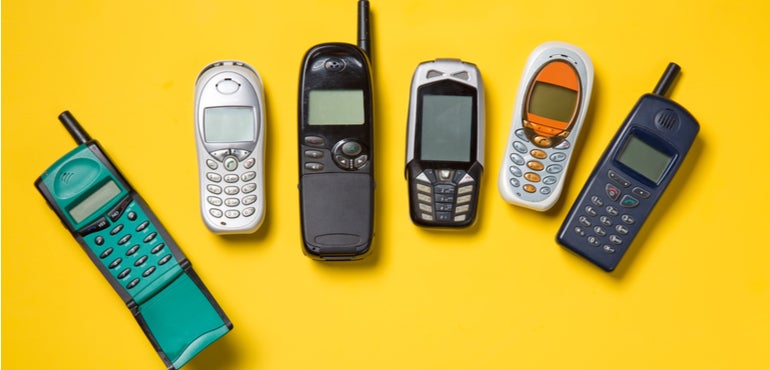
Mobile Phones: The Evolution of Portable Technology
In the tapestry of technological advancement, mobile phones stand as a testament to the remarkable evolution of portable technology. From their humble beginnings as basic communication devices to the sophisticated multifunctional gadgets of today, the journey of mobile phones represents a remarkable trajectory of innovation and convenience.
The Birth of Mobility:
The inception of mobile phones marked a revolutionary leap in communication. The earliest iterations were bulky devices, primarily offering voice calls and basic messaging, tethered to limited coverage areas. However, they laid the groundwork for a future of untethered communication.
Miniaturization and Portability:
Advancements in technology led to the miniaturization of mobile phones. Compact designs and improved battery life made these devices more portable, allowing users to carry their communication tools in pockets or bags, enhancing convenience and accessibility.
Transition to Smartphones:
The emergence of smartphones transformed the landscape of portable technology. These devices, equipped with powerful processors, high-resolution displays, and advanced operating systems, expanded the functionality far beyond traditional calls and texts, becoming handheld computers.
Enhanced Connectivity:
Mobile phones evolved to offer enhanced connectivity. From 2G enabling basic data services to the advent of 3G, 4G, and now 5G networks, each generation brought faster speeds, lower latency, and expanded capabilities, revolutionizing the way we access information on the move.
Integration of Features:
The evolution of portable technology in mobile phones witnessed the integration of various features. From cameras, music players, and GPS navigation to biometric security, sensors, and health monitoring tools, these devices became multifaceted companions in daily life.
Design Innovation:
Innovations in design expanded the horizons of mobile phones. From sleek candy-bar designs to clamshells, sliders, and the modern era of bezel-less screens and foldable displays, design innovations continue to redefine the aesthetics and functionality of these devices.
Ecosystems and App Economy:
The evolution of portable technology in mobile phones also brought about ecosystems of apps. App stores became repositories for a myriad of applications, fostering an app economy that empowered developers and offered users an endless array of functionalities and services.
Environmental Concerns and Sustainability:
The evolution of portable technology also brings a focus on environmental sustainability. Manufacturers are increasingly emphasizing recyclable materials, energy efficiency, and reducing electronic waste to minimize the environmental impact of mobile phone production.
The Future Trajectory:
Looking ahead, the trajectory of mobile phones as portable technology promises further innovation. Advancements in foldable displays, extended battery life, enhanced AI integration, and the fusion of mobile technology with augmented reality hint at a future where the boundaries of portable technology continue to expand.
Conclusion:
In conclusion, the evolution of mobile phones encapsulates the remarkable journey of portable technology. From rudimentary communication devices to multifunctional, interconnected gadgets, they have reshaped the way we communicate, access information, and navigate our world, epitomizing the convergence of innovation and convenience.
As mobile phones continue to evolve, they will persist as indispensable tools, shaping the future of portable technology and revolutionizing the way we interact with and perceive the world around us.